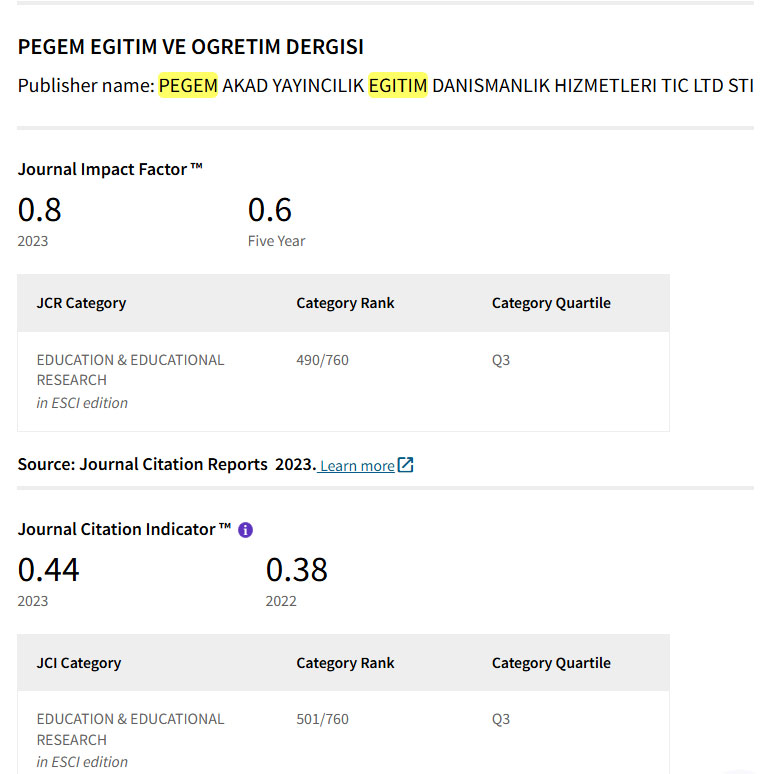Beyond Histology: Genetic and Transcriptomic Insights into the Postmortem Diagnosis of Mechanical Asphyxia
Keywords:
Mechanical Asphyxia, Genetic and Transcriptomic Insights, Postmortem DiagnosisAbstract
Background: Mechanical asphyxia is a cause of death characterized by external interference with breathing or circulation,leading to critical hypoxia and often rapid demise. Its forensic diagnosis remains one of the most challenging tasks in postmortem practice due to the frequently nonspecific and overlapping nature of external and internal findings. In recent years, advancements in molecular biology have opened new avenues for the objective identification of antemortem hypoxic stress. Gene expression analysis, microRNA profiling, and proteomic approaches now offer promising supplementary tools for detecting the physiological responses associated with mechanical asphyxia at the cellular and subcellular levels.
Downloads
References
Madea B. Advances in molecular pathology in forensic medicine. Forensic Sci Int. 2020;304:109959.
Han L, Li W, Hu Y, et al. Expression of hypoxia-inducible genes in forensic diagnosis of mechanical asphyxia. Sci Justice. 2021;61(4):290–295.
Wang Z, Fan S, Meng X, et al. Forensic diagnostic value of miR-210 in mechanical asphyxia: a systematic review. Leg Med (Tokyo).
;55:102035.
Downloads
Published
How to Cite
Issue
Section
License

This work is licensed under a Creative Commons Attribution-NonCommercial 4.0 International License.
Attribution — You must give appropriate credit, provide a link to the license, and indicate if changes were made. You may do so in any reasonable manner, but not in any way that suggests the licensor endorses you or your use.
NonCommercial — You may not use the material for commercial purposes.
No additional restrictions — You may not apply legal terms or technological measures that legally restrict others from doing anything the license permits.



